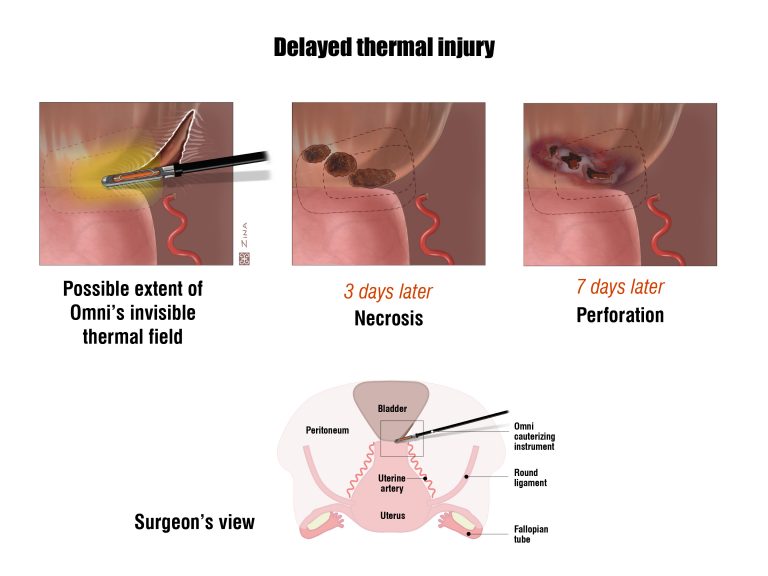

All articles loaded
No more articles to load
All items on this site © Level Five Graphics, Inc. unless otherwise stated.
It has been long been known that bacteria swim by rotating their tail-like structure called the flagellum. A paper that appeared in the June 20, 2008 issue of Science described, for the first time, how the flagellum’s rotations are stopped so that bacteria stop moving. Here’s how the stopping mechanism works: while a bacterium is swimming, it releases a protein (shown in red in the stationary bacterium in the figure) that flows between its gear and engine. The presence of this protein detaches the bacterium’s gear from its engine and thereby stops the delivery of power to its flagellum. This process is analogous to disengaging the clutch of a car, which detaches its gear from its engine and thereby stops the delivery of power to its wheels.
Once the delivery of power to bacterium’s flagellum stops, the flagellum stops rotating, and the bacterium’s swimming ends.
An improved understanding of how flagella work may give nanotechnologists ideas about how to regulate tiny engines of their own creation. The flagellum is one of nature’s smallest and most powerful motors. The flagellum of some bacteria can, for example, rotate more than 200 times per second, driven by 1,400 piconewton-nanometers of torque. That’s quite a bit of (miniature) horsepower for a machine whose width stretches only a few dozen nanometers.
Credit: © Zina Deretsky, National Science Foundation
Zina, its beautiful, almost exactly how I imagined it. I like that you added the bacteria as well.
Daniel Kearns
Assistant Professor
Department of Biology
Indiana University